
The Levelized Cost of Energy (LCOE) is a critical metric used to compare the cost of different energy generation technologies on a consistent basis.
It represents the per-unit cost (typically per megawatt-hour, MWh) of building and operating a generating plant over an assumed financial life and duty cycle.

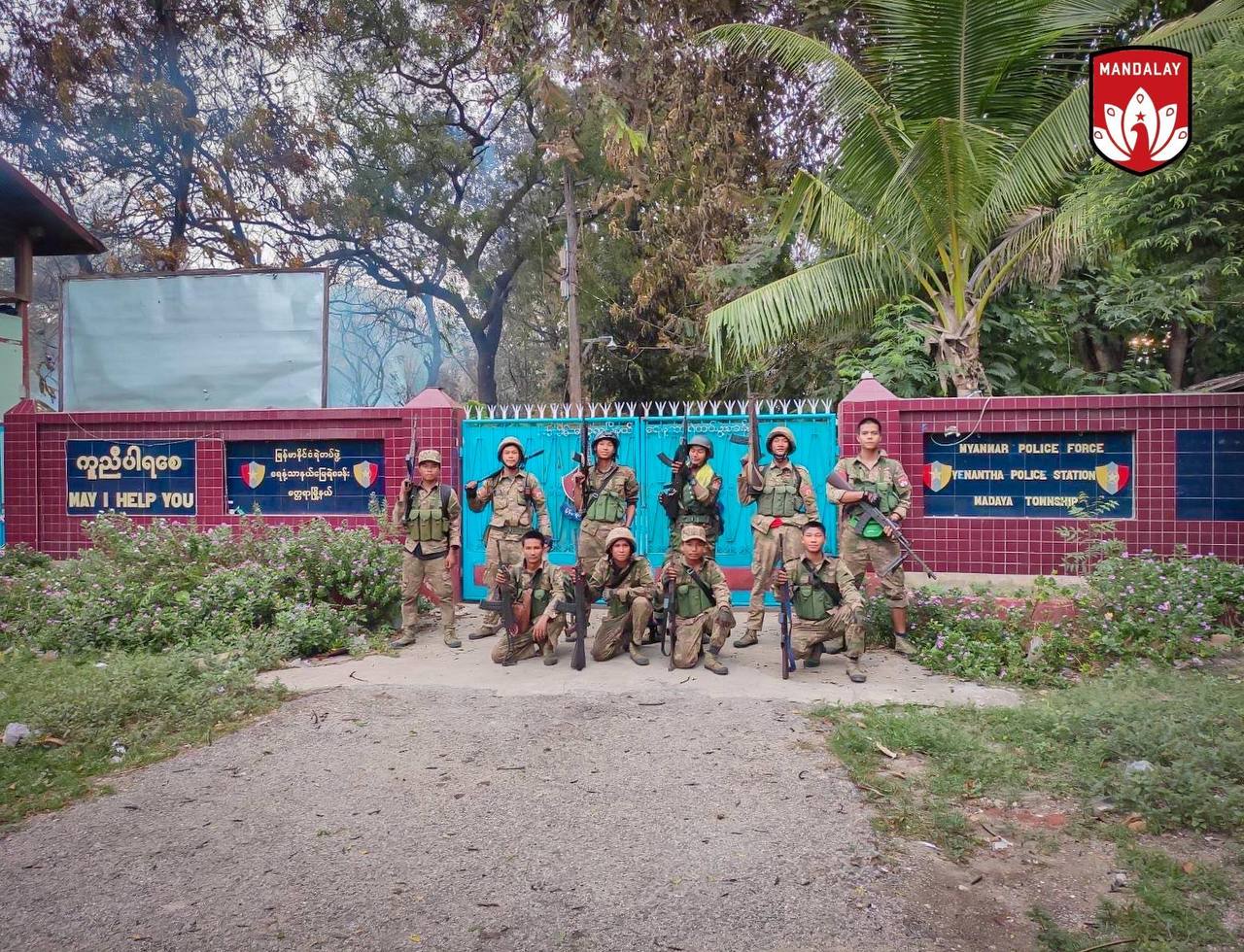
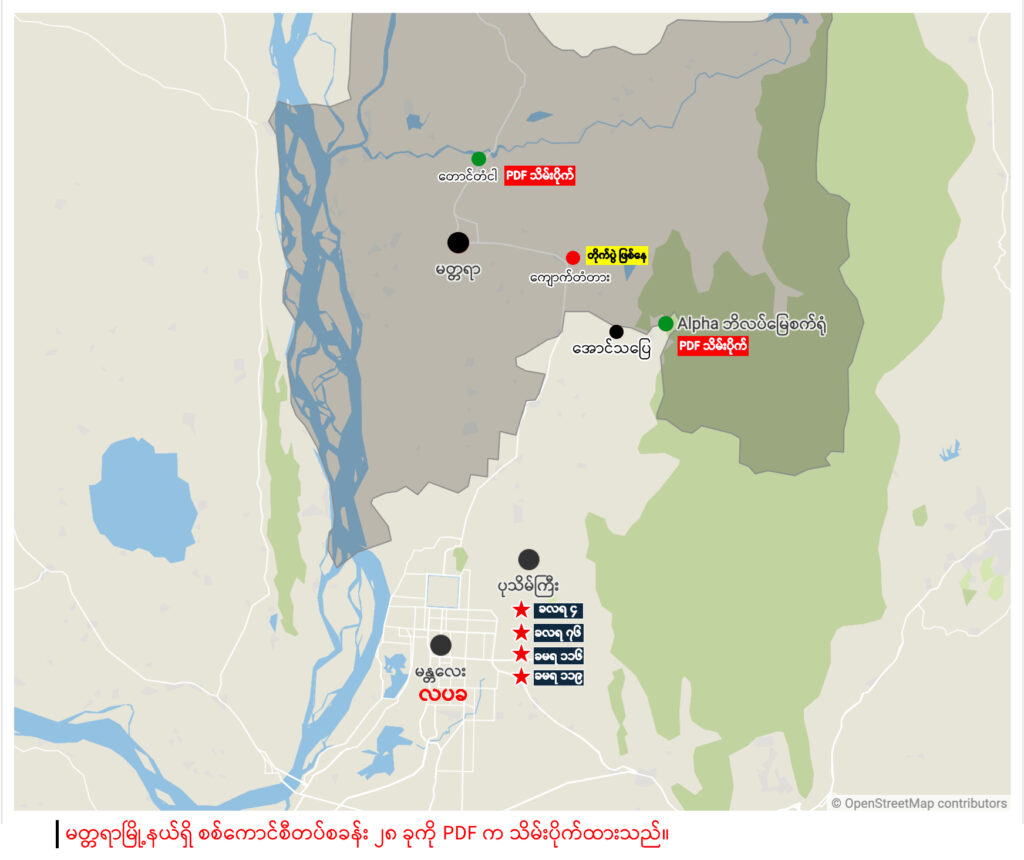
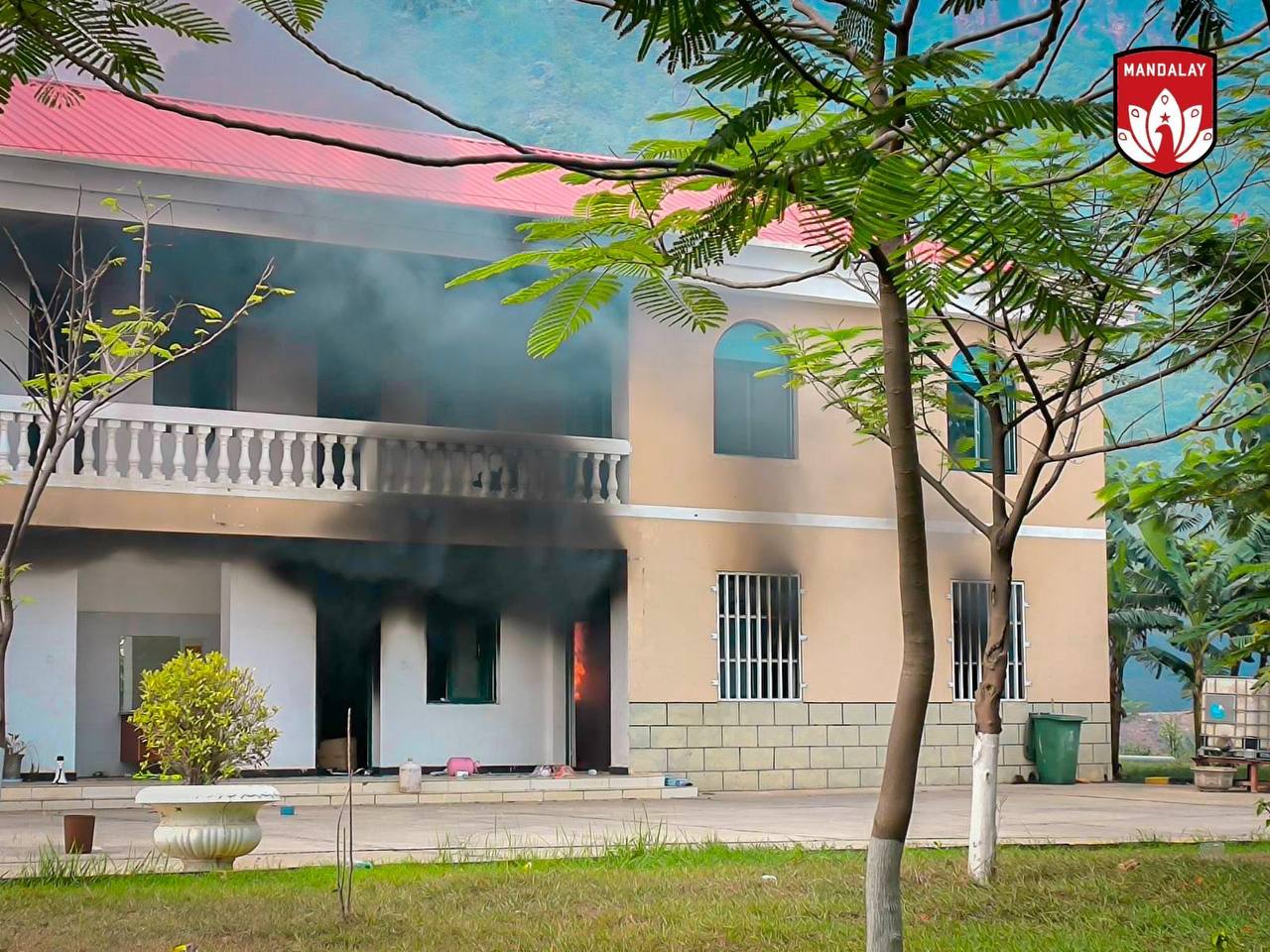
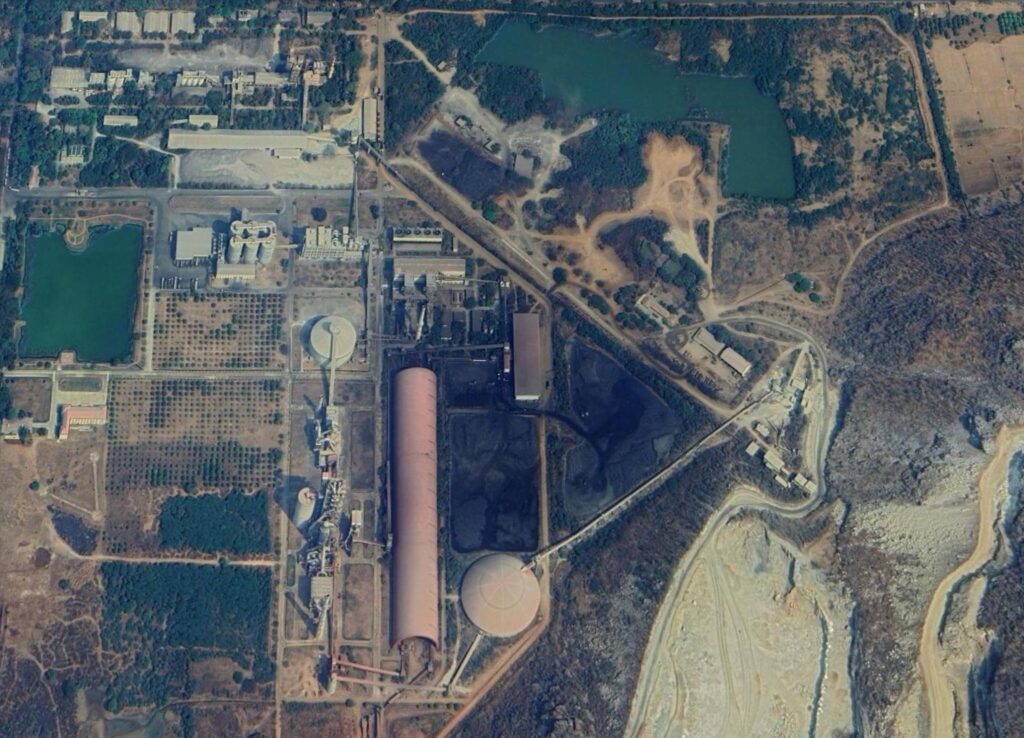


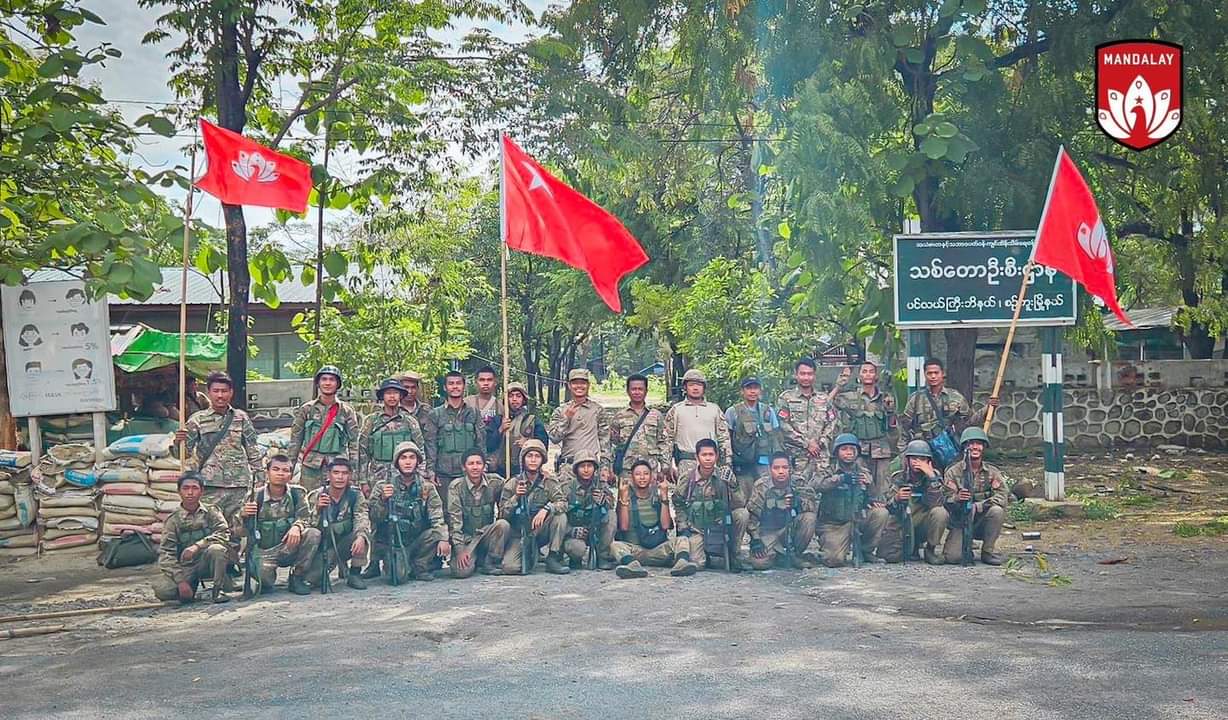
The LCOE allows for a comprehensive comparison by incorporating all the costs associated with a power plant, including initial capital, operations and maintenance, cost of fuel, and the cost of financing.
Key Components of LCOE
Capital Costs:
The upfront costs of constructing the power plant, including equipment, labor, and infrastructure.
Operations and Maintenance (O&M) Costs:
The ongoing costs required to keep the plant running efficiently, including regular maintenance, repairs, and administrative expenses.
Fuel Costs:
The cost of the fuel needed to produce energy. This is a significant factor for fossil fuel plants but negligible for renewables like wind and solar.
Financing Costs:
The costs associated with borrowing money to finance the project, including interest payments and return on equity.
Capacity Factor:
The ratio of the actual output of a plant over a period of time to its potential output if it had operated at full capacity. Higher capacity factors generally lead to lower LCOE.
Economic Life:
The period over which the plant is expected to operate and generate revenue. A longer economic life can spread out the capital costs over more units of electricity, reducing the LCOE.

Leave a Reply